Season one of Netflix’s live-action Avatar: The Last Airbender is out in its entirety and the reception is radically mixed. It seems as though a huge bulk of the negative reactions to Aang’s most recent attempt at 3D action come from the passionate fanbase of the original cartoon. For new fans interested in where the outrage is stemming from, or fans of the cartoon that dare not step inside this new Netflix recreation, here are some of the most egregious changes made in the live-action Avatar: The Last Airbender series that have left many fans furious.
10. The Lost Paku and Kanna Connection
Aang and Katara weren’t the only three-season love story that reached its satisfying conclusion during the cartoon’s series finale. After reuniting with Master Paku and the rest of the White Lotus members, Paku reveals to Katara and Sokka that he and their Gram Gram, Kanna, had become engaged after the season one reveal that they had been betrothed decades earlier.
The live-action show makes absolutely no attempt to reimplement this storyline at all, which completely alters the story of Paku becoming Katara’s water-bending teacher out of respect for Kanna to Katara outright beating a water-bending master despite having next-to-no training up to that point. Fans lost a love story and a sensible portrayal of Katara’s abilities in one fell swoop.
9. Goodbye, Kyoshi Sokka
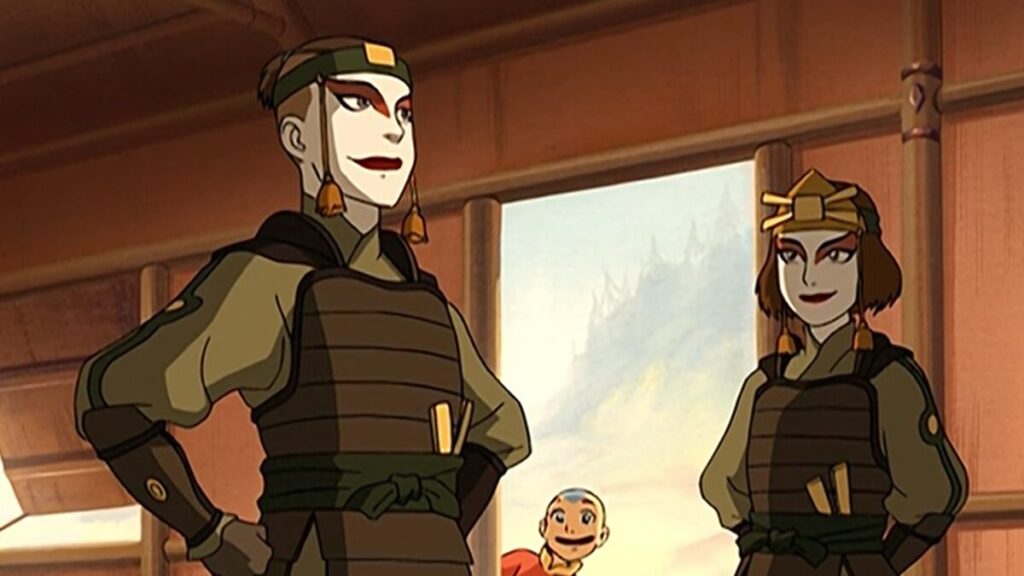
One of the most notorious controversies that hit the live-action show before it had even premiered was when it came to light that the sexism Sokka exhibits in the early episodes of the cartoon’s first season would be “toned down” in the live-action show. This robbed Sokka of one of his most important character arcs and the means through which it happened. Instead of being humbled by Suki repeatedly after attempting to display his”superior” masculine physicality, he learns from her by humbling himself and improving his capabilities by donning the attire of the Kyoshi warrior.
Suki waltzing up to Sokka and saying “Hey, let me teach you everything I know, no questions asked” just doesn’t quite compare.
8. All The Drama, None of The Humor
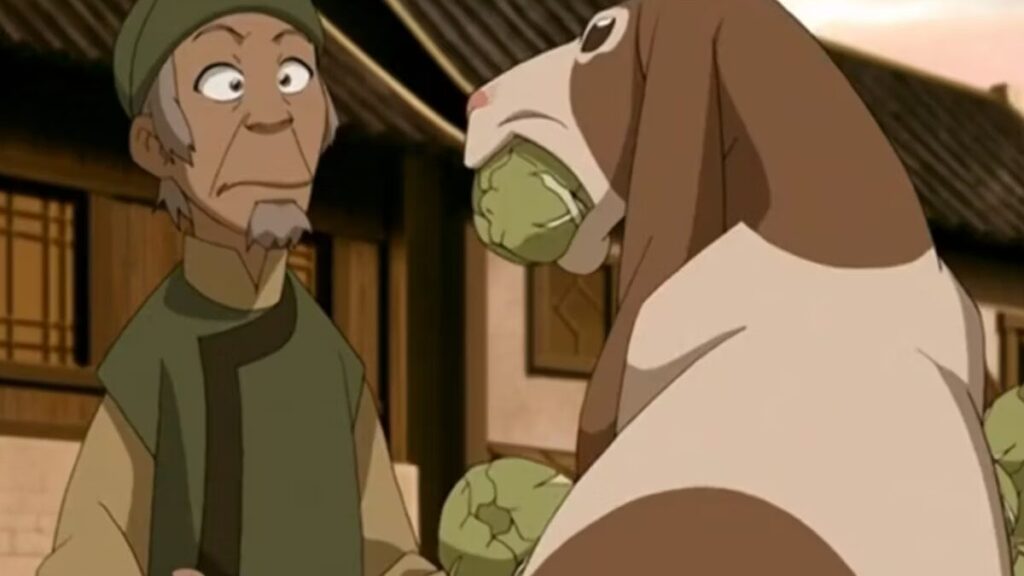
Showrunner Albert Kim made it clear in the leadup to the live-action Avatar: The Last Airbender series that it was going to be a far more serious interpretation of the story than the cartoon. The unfortunate end result of that is a show that feels like all of the charm has been sucked out of its various fights and character interactions.
The ATLA cartoon knew when to interject both physical and verbal humor that gave it a comedic timing that felt like a Jackie Chan film as often as it felt like something out of Spongebob Squarepants. Simultaneously, the show knew when to pull back so its dramatic moments had room to breathe, and the true weight of things like the Air Nomad genocide and Jet’s death were never undercut by cheap jabs. There’s nothing necessarily wrong with the show wanting to go all serious, but when the flying bison is still there, it just feels like it’s taking itself way too seriously.
7. Did Azula, Mai, and Ty Lee Need To Be In Season 1?
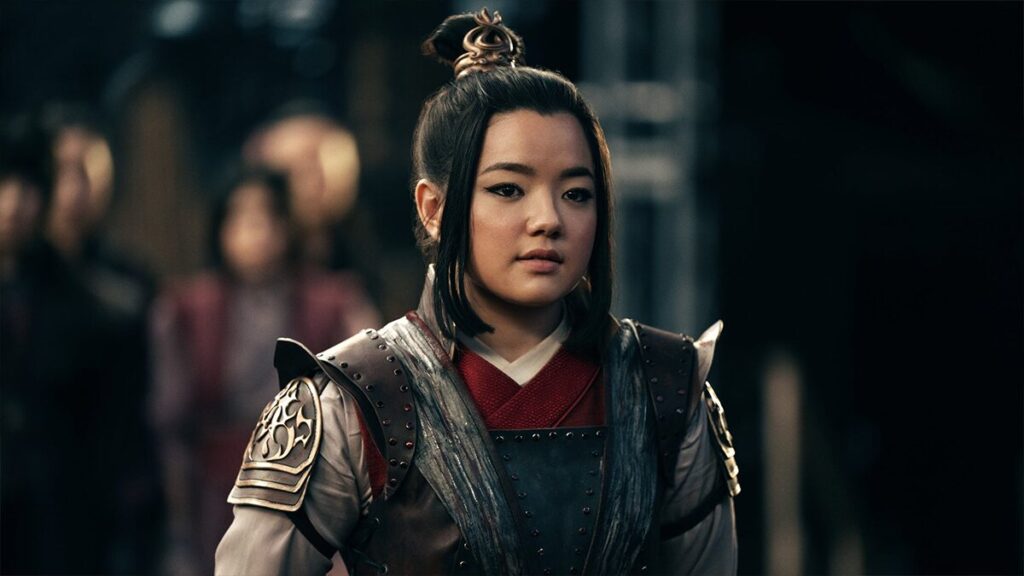
In Nickelodeon’s Avatar: The Last Airbender, Azula is introduced in Season one’s finale after being lightly teased at various points throughout the season as a harrowing omen of what’s to come. Azula and her two dangerous partners, Mai and Ty Lee, became major players and fan-favorites in later seasons.
They were so popular that the live-action show’s creators decided to go ahead and shove them into chunks of their first season on Netflix. Is there some kind of story justification made for why they’re so present in Season one? Not really. Ozai being more fleshed out gives Azula a little more to do around the Fire Nation’s royal palace, but for the most part it’s a lot of talking, training, and teasing the depths of Azula’s cruelty, while Mai and Ty Lee just kind of sit there. Considering how many cut storylines there are, it’s extra annoying to know that content was cut in favor of completely unnecessary pandering like this.
6. Appa: Less Fuzzy, Less Attention
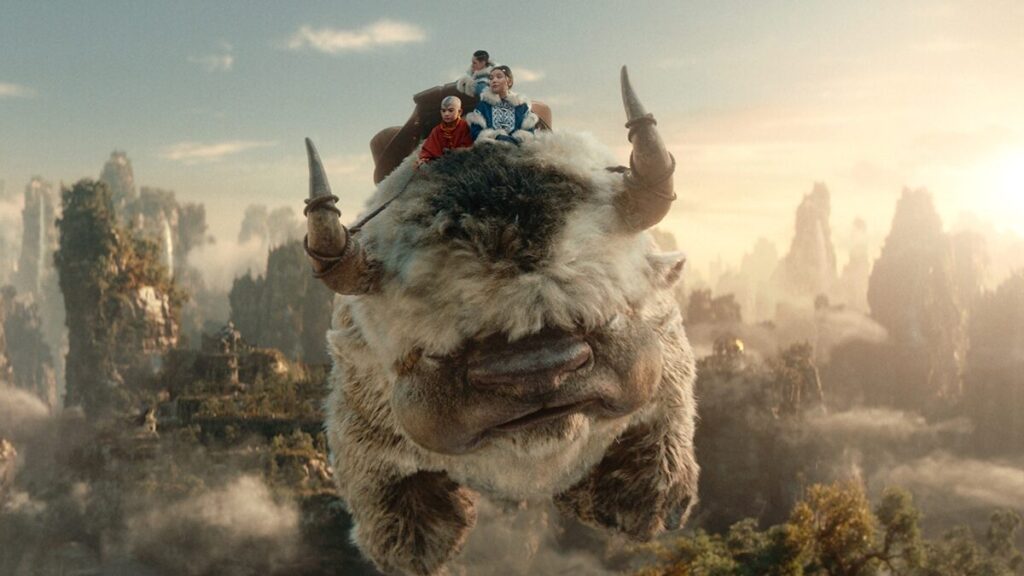
Appa unfortunately suffers the same fate as many cute cartoon animals do when they transition to live-action; way too much emphasis on realism. Appa’s look in the live-action Avatar: The Last Airbender certainly conveys his intimidating size better, but that’s not really why fans love him. He’s an adorable fuzz ball in the animated series, known for lazing around, munching on hay, and occasionally blowing enemies away with his tail when the going gets rough.
He’s relegated far more to the background in the Netflix show along with his mini-partner Momo, which just feels like a sad sidelining of two very important members of the Avatar crew.
5. There May or May Not Be Plagiarism Now
A recent Reddit post shows off parallels between Gyatso and Aang’s conversation about being the Avatar and effectively the same conversation being had between Clark Kent and his father in the 2011 Superman film Man of Steel. It’s just too similar to ignore, and the parallel thinking argument can’t readily be applied when it seems like what actually happened here is a case of search and replace to change the word “father” to “friend” in Netflix’s ATLA.
As some Reddit users point out, this dialogue doesn’t even make sense in the case of ATLA. When Clark Kent asks Jonathan to keep pretending to be his dad, it’s because he knows that’s not his real father. Aang and Gyatso are actually friends, and there was never any reason for them to try and hide that, so what’s the need to pretend in this case? If anything, Aang should be saying he wants to keep pretending he’s a normal kid, something he actually does say in the Nickelodeon show after Katara and Sokka find out he’s the Avatar.
4. Roku Shelved, Kyoshi At The Forefront
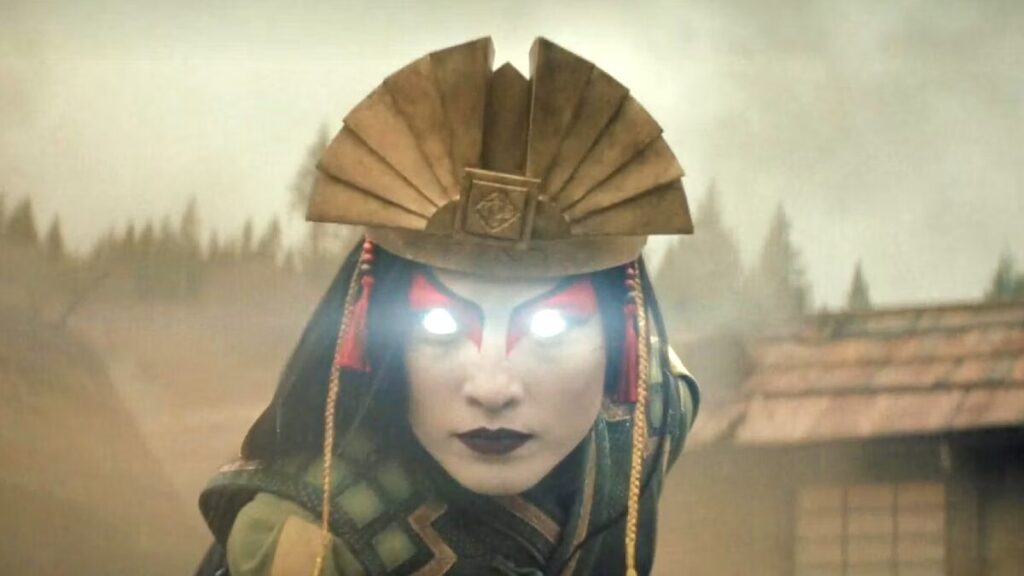
Fans love Avatar Kyoshi, so there’s nothing inherently wrong with wanting to flesh out her character more than the cartoon did. There are two whole books co-written by one of the original show’s co-creators Michael Dante DiMartino trying to do just that. The problem is when Kyoshi fan service comes at the expense of the story.
The main issue with giving Avatar Kyoshi higher priority over Roku is that Roku’s presence in the animated series is a combination of him being the most recent Avatar before Aang and also a foundational reason for the beginning of the war. Roku’s inaction allowed Sozin to begin his war unhampered by Avatar interference. Avatar Kyoshi, by comparison, has far less connection to any current events influenced by her life, and yet she’s the past life Aang spends the majority of his time within the first season.
3. Aang’s Motivation
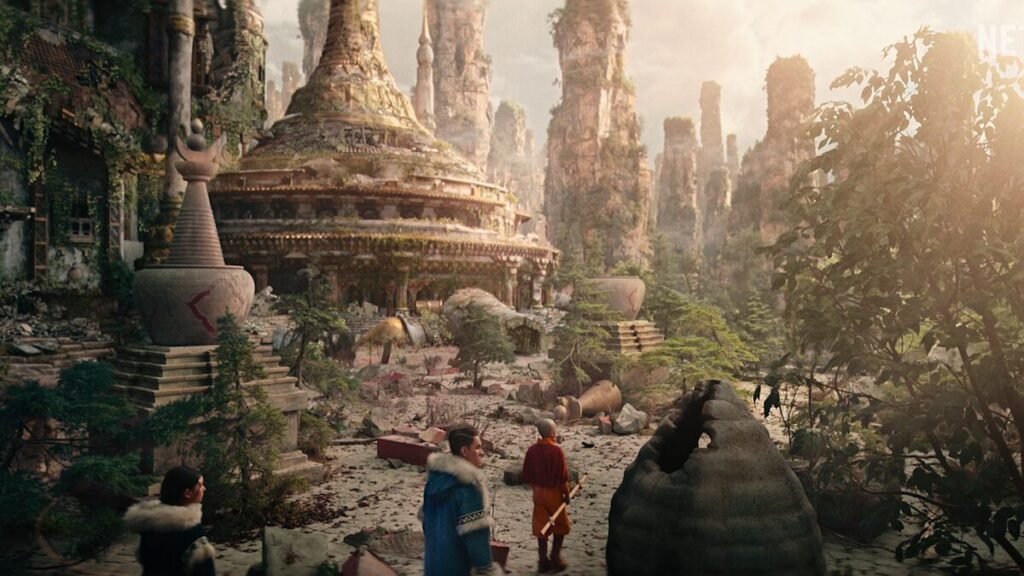
Another notorious comment prior to the release of Avatar: The Last Airbender Season 1 on Netflix was that Aang’s childlike antics would be kept to a minimum. Showrunner Albert Kim told IGN that the detours seen in the cartoon would be kept to a minimum in live-action and that Aang would more immediately realize that he needs to save the world.
The justification for this being that the live-action show has fewer episodes, and thus less time for detours, is pretty weak. Netflix’s ATLA has eight episodes in its Season 1 and Nickelodeon’s has 20, however, at around 25 minutes per episode, the Nickelodeon show is actually only a little longer than Netflix’s first season, which has 50+ minutes per episode. The end result is Aang’s desire to run from his responsibility as the Avatar feels super weak in the face of him almost immediately doing a 180 at the end of Episode 1 in the Netflix show.
2. Princess Yueh’s Wig
This one isn’t a change from the show, it’s a change from the previous attempt at an Avatar live-action adaptation. There aren’t any other cases of M. Night Shyamalan’s ATLA movie being better than Netflix’s because that movie is such a crime to Donietzko and DiMartino’s work that there’s really no way another adaptation could be truly worse short of burning Aang alive and replacing him with Sheldon Cooper as the new Avatar.
It is a bad sign for the new series when Shyamalan’s movie actually had better presentation, though, and that is certainly the case with a lot of the costumes. Fans comparing the shoddy costumes of the Netflix show have found that comparing the wig on the new Princess Yue versus the original Yue is the best way to convey how unnatural a lot of the new costume design looks.
1. Missing The Point with Too Many Characters
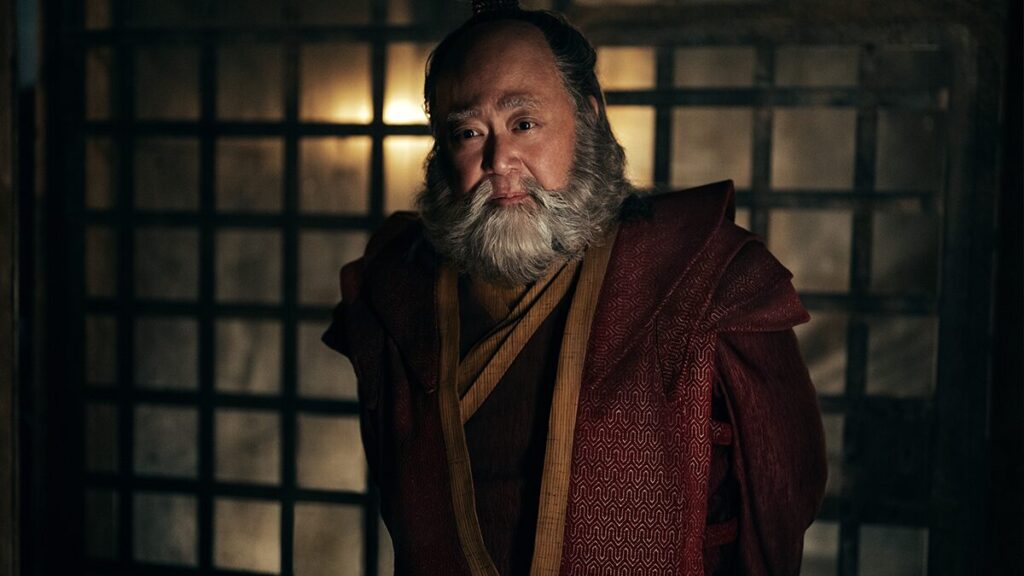
At the end of the day, many of the other smaller changes on this list could be forgiven if it seemed like the show understood its characters, what they wanted, and why they’re important to the fans. It doesn’t feel like that most of the time, unfortunately. One of the best examples may be the Zuko-Ozai Agni Kai. This is a pivotal moment for both characters, showcasing Zuko’s desire to be loved and accepted by his father and Ozai’s uncompromising cruelty and desire to show off his own power, even against his own flesh and blood.
In the Netflix show, Zuko fighting back at all during the Agni Kai is a major blow to the impact of this scene, but having the boy prince almost beat Ozai at one point is an even bigger wound to the overall story. If pre-teen Zuko can almost beat Ozai, then why is the Fire Lord supposed to be intimidating to Aang at all? This isn’t the only case of this. Characters like Iroh, along with most of the others mentioned on this list, are also clearly misused or misunderstood at various points throughout the first season.






